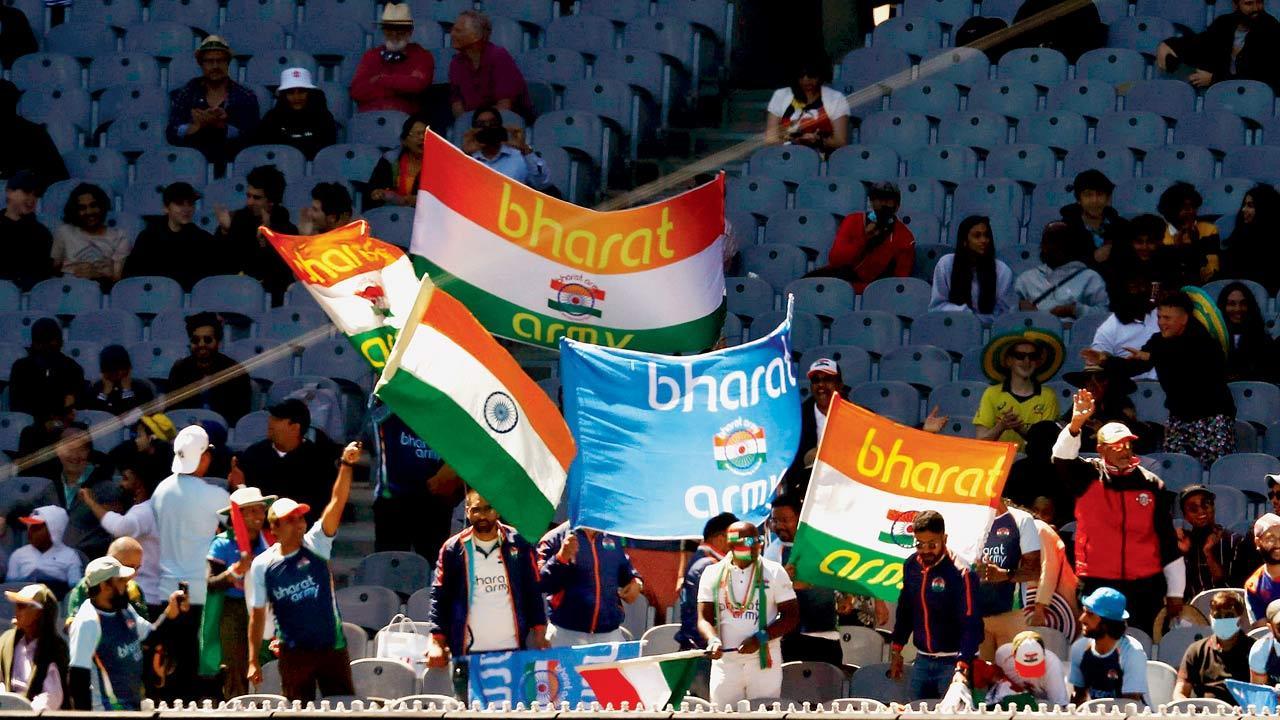
India’s visit to in 2024-25 is probably the first time they will arrive here with genuine expectations that go beyond the optimistic. Players, media, supporters of both teams and even the neutrals will be salivating at the prospect of a genuine 50-50 contest where it is difficult to afford either team outright favouritism. Commonsense leans towards a home team advantage, but not since the early days of the Allan Border captaincy era has a Test summer started with Australia not perceiving themselves as being in the box seat.
Clearly India have the batting personnel (albeit ageing), the bowling nous and the confidence to approach the series with cautious optimism, tempered slightly by the chastening loss to NZ. That blip needs to be viewed in context though — the conditions and mindset could not be more different. The Border-Gavaskar Trophy has an enervating effect on India that is perhaps only matched in intensity when (if) India play Pakistan.
A tour of Australia is no longer an ‘away’ trip except in the mere physical sense of geography. They have an imposing foreign legion made up of not only Indians from India but loyal and boisterous expats from around the world who are unapologetically proud to identify with their motherland, however tenuous that inter-generational link may be. Cauldrons like the MCG and the Gabba are no longer to be feared — the vocal support that Team India can expect (and the heat that can be reversed on Australia) would have been unthinkable to commentators like Sunil Gavaskar and Ravi Shastri when they first toured here in India colours in 1977-78 and 1985 respectively.
I attended the last two days of the 2020-21 Gabba Test and you could almost see the confusion on Australian faces, on and off the field, as the wave of euphoria picked up as he stormed home to that famous win. Brisbane was also one of the places where unpleasant crowd behaviour culminated in some ugly chants that were targeted at Mohammad Siraj in particular. Despite the assurances of the hosts, that is unlikely to change much this time around, even without Tim Paine’s needling and the ever-looming presence of the David Warner aura.
The Indian diaspora is now spread throughout Australia and they have made their presence felt in cricket circles like never before. Even in club cricket, the presence of home-grown Indian talent is ever-present. It is no longer tokenism; the South Asian footprint is no longer a gentle, apologetic tread on Australian turf.
It is a thump that cannot be ignored, such is both the skill, passion and the sense that one need not apologise for identifying with an Indian heritage. There is a dark underbelly to this phenomenon though. Spend every weekend (as I do) watching club cricket and you see (hear) things that can only be described as unnecessary and ugly.
Racial vilification has always been a constant bedfellow but it has now morphed into something even more insidious. Many of the protagonists have now adopted the pathetic “banter” excuse for themselves and are using it to devastating effect in internecine rivalry. The so-called “friendly fire” abuse has gone beyond the pale.
Literally. It is now commonplace to hear brutal sledging (as young as under-8) where children are being “othered” according to which part of India their ancestors hail from. It’s heartbreaking to see children sobbing because they’ve been subjected to sledging along the lines of “go back to India, you don’t belong here” but it’s coming from other children (and parents) who are now bringing their tribal animosities to Brisbane playing fields.
A young child whose parents hail from Chennai was brutally vilified on Saturday (for being from Chennai) in the most cruel way imaginable and it was bitter-sweet to see him comforted by Anglo-Saxon friends who were horrified that their little mate was being savaged from within his own community. Of course it is naive to think that “community” extends to a country as large and diverse as India. It is almost a continent in itself, replete with a multitude of sub-cultures, dialects and regional idiosyncrasies.
It is nonetheless distressing to think that 40 years on from arriving here as a migrant in 1984, that the most hurtful sledging is likely to come from inside the tent. My sons, now 21 and 18 are now adults, playing First Grade club cricket and probably immune from those petty barbs but it makes them uncomfortable to witness behaviours from people they perceive as brethren. To people who don’t understand the history of an ancient country like India, it is hard for them to understand why these insults hurt just as much as when it comes from a more predictable place.
Some of the abuse that the Indian Test cricketers will cop in the next few months will inevitably come from people they least expect it from. Gregory David Roberts, like me, an Australian with a deep and abiding love of India says this in Shantaram: “There’s no meanness too spiteful or too cruel than when we hate for all the wrong reasons.” Pitching it up! Venue-wise Test victories by India in Australia 1 in 2007-08 2 in 2003-04 & 2018-19 1 in (2020-21) Melbourne 4 in (1977-78, 1980-81, 2018-19, 2020-21) 1 in (1977-78).














